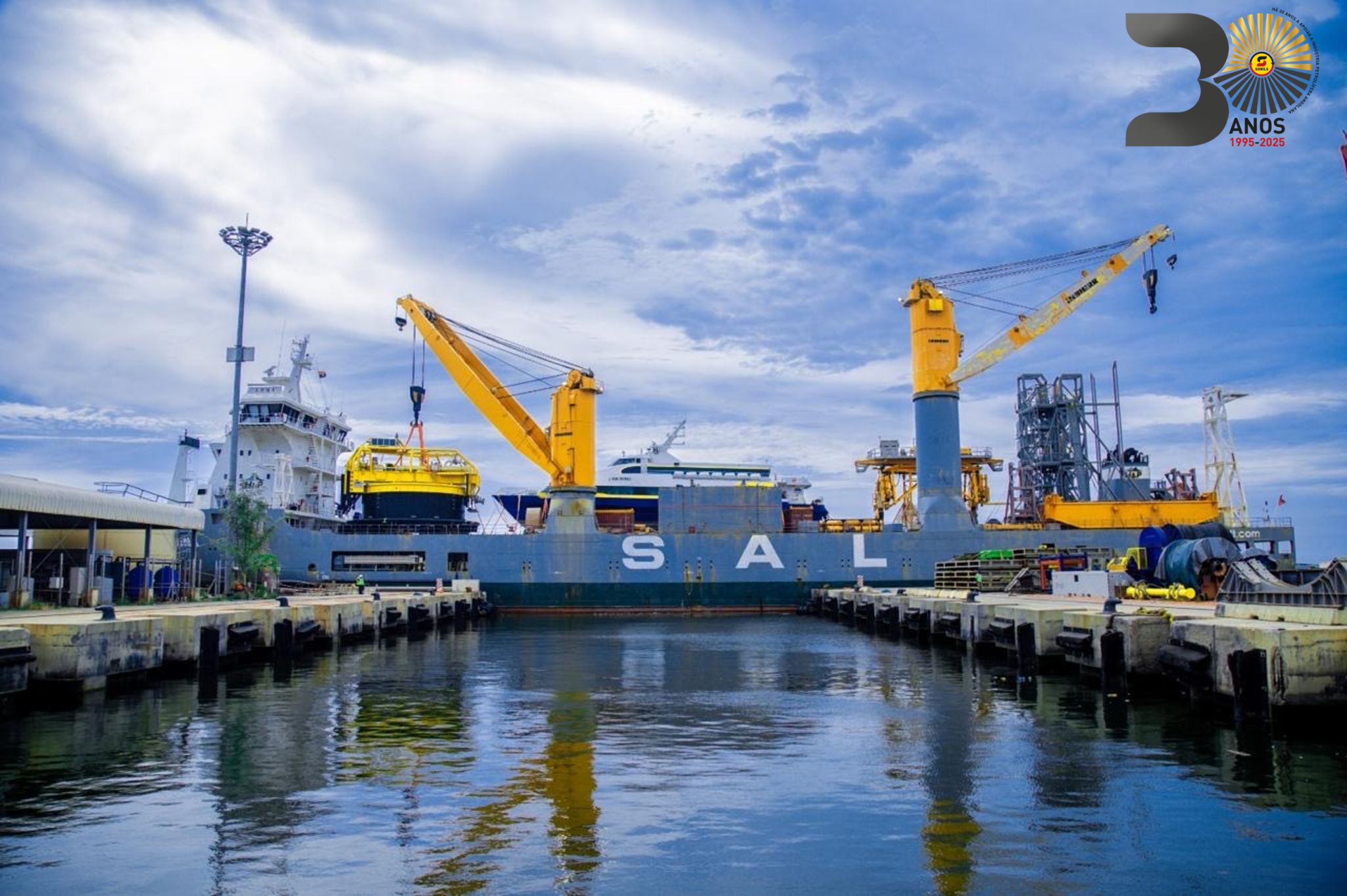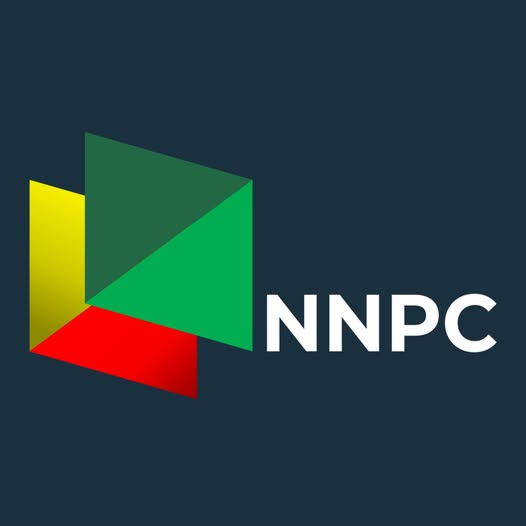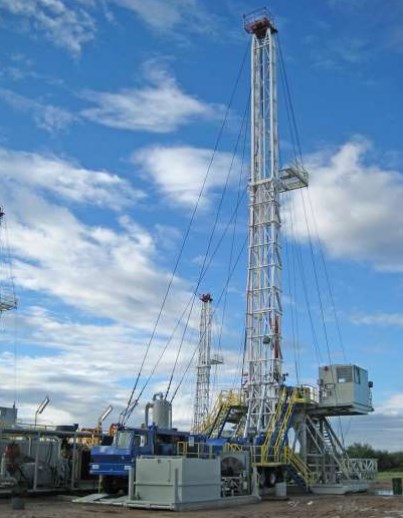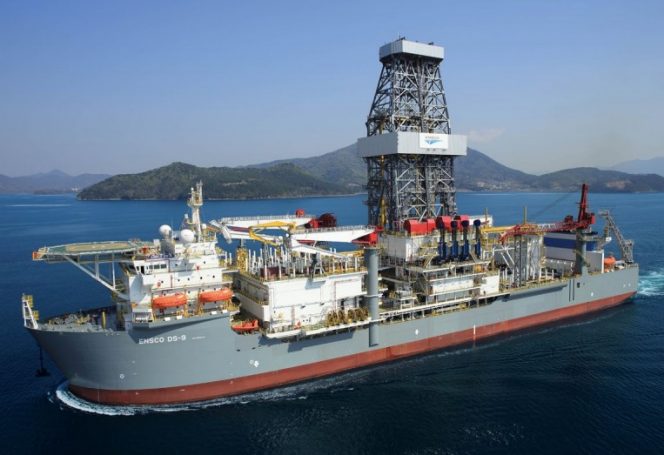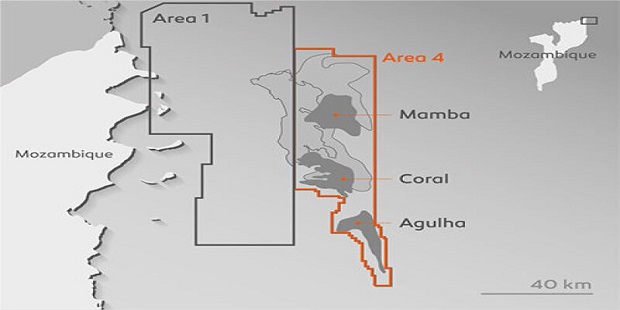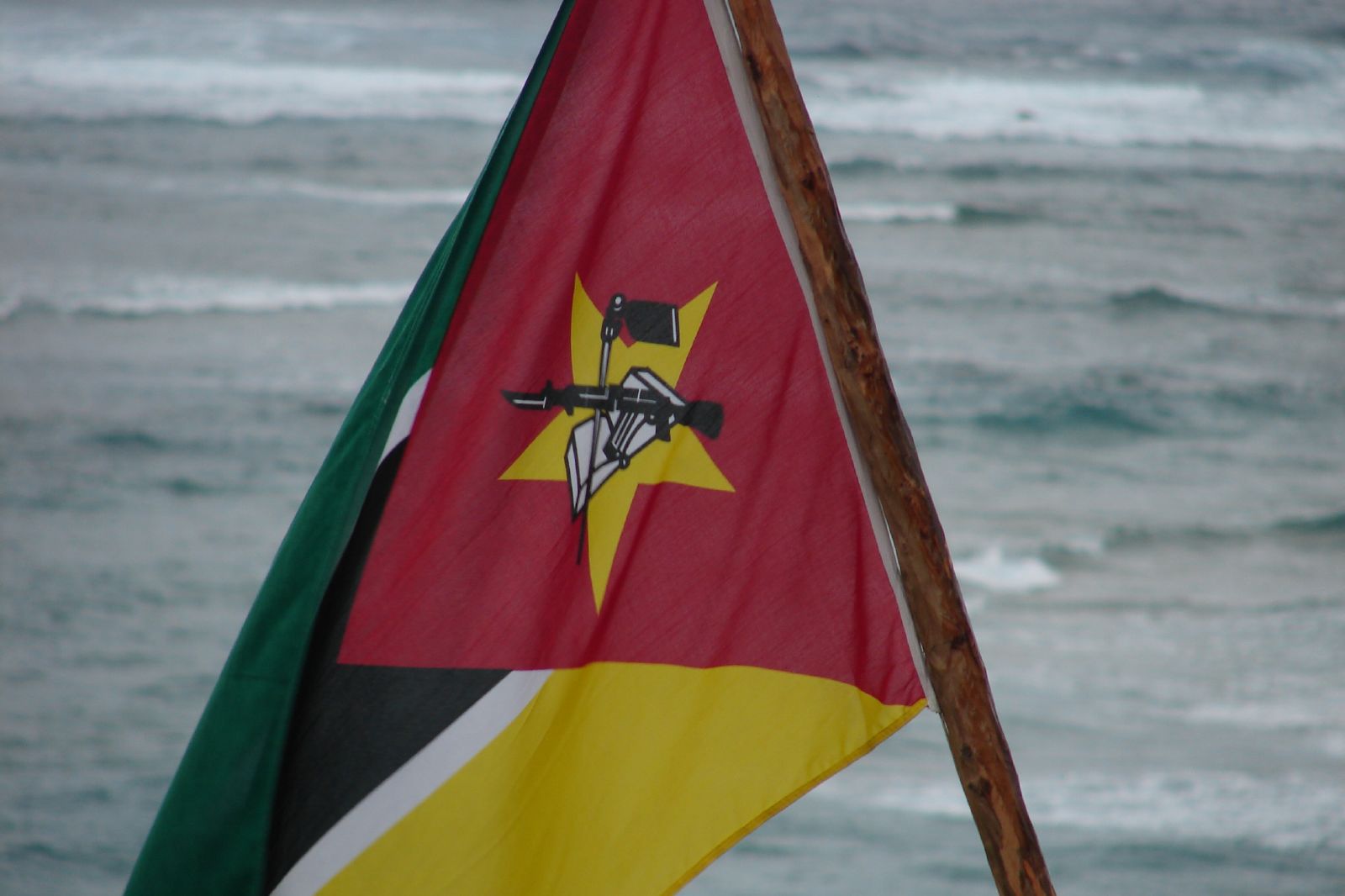East African crude oil pipeline project attracts five designs
The East African crude oil pipeline project has received five bids from a consortium of six companies for the project that is being undertaken by Kenya, Uganda and Southern Sudan.
The submissions include three designs that start from the Uganda refinery based in Hoima to the Lamu and Mombasa port while a design by Tullow Oil and its partner Africa Oil starts from the Lokichar basin to Lamu.
The three designs that start from Hoima are by a consortium consisting of Tullow/Total/ CNOOC, while the rest are by Toyota Tsusho (Hoima-Manda Bay, Lamu)and Total (Hoima-Eldoret-Lamu/Mombasa).
The last design is by Lapsset the development authority overseeing the Lamu Port Southern Sudan-Ethiopia Transport (LAPSSET) Corridor which starts from Juba in Southern Sudan through Lokichar and Moyale to the Lamu port.
What is clear from the plans is that Kenya and South Sudan could be forced to undertake the development of connecting pipelines from their oil fields to the main pipeline with only one design connecting the Ugandan refinery to the Lokichar oilfields in Kenya.
TheJuba government on the other hand might be forced to construct its own pipeline to Lamu or connect it to the Uganda – Kenya pipeline as only one design submitted by Lapsset had the consideration of South Sudan.
According to a communiqué from a heads of state summit in Rwanda last week the five governments that include Kenya, Uganda, Rwanda, South Sudan and Ethiopia announced that they would decide on their financing arrangement model by February next year.
In a statement posted by Ethiopia’s ministry of foreign affairs the leaders attending the session also agreed that a report on expression of interest for financing the Hoima refinery from the private sector be provided in the next summit set for October.
“In regard to oil refinery the leaders agreed to solicit 60% of the funds from private sector and 40% of the equity to be shared among member states. It was decided that report on expression of interest among the private sector to be submitted in the next summit which will be held in October 2014. With regard to crude oil pipeline development, the heads of states and government agreed that financing arrangements should be submitted for the next meeting,” read a statement on the website.
Whichever route is chosen will determine the size of the pipeline and the amount to be born by each country as each design provides a pipeline varying in length and thus construction period.
Depending on the production dates by individual countries the various designs may prove favorable with the design by Total more preferable by Uganda as it is shorter while the design by Lapsset is likely to receive the most opposition as it is much longer and excludes Uganda which is among the main players.East African crude oil pipeline project attracts five designs

